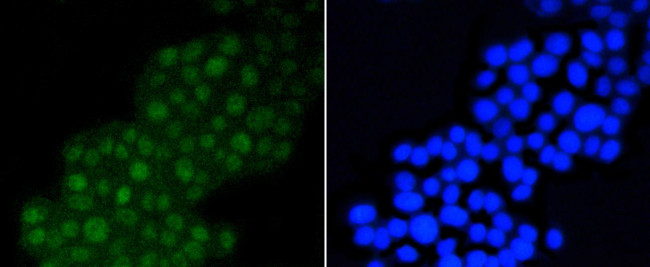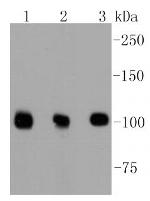Search Thermo Fisher Scientific
产品信息
MA5-32153
种属反应
宿主/亚型
Expression System
分类
类型
克隆号
抗原
偶联物
形式
浓度
纯化类型
保存液
内含物
保存条件
运输条件
RRID
产品详细信息
Recombinant rabbit monoclonal antibodies are produced using in vitro expression systems. The expression systems are developed by cloning in the specific antibody DNA sequences from immunoreactive rabbits. Then, individual clones are screened to select the best candidates for production. The advantages of using recombinant rabbit monoclonal antibodies include: better specificity and sensitivity, lot-to-lot consistency, animal origin-free formulations, and broader immunoreactivity to diverse targets due to larger rabbit immune repertoire.
靶标信息
This gene encodes a subunit of the microprocessor complex which mediates the biogenesis of microRNAs from the primary microRNA transcript. The encoded protein is a double-stranded RNA binding protein that functions as the non-catalytic subunit of the microprocessor complex. This protein is required for binding the double-stranded RNA substrate and facilitates cleavage of the RNA by the ribonuclease III protein, Drosha. Alternate splicing results in multiple transcript variants.
仅用于科研。不用于诊断过程。未经明确授权不得转售。
篇参考文献 (0)
生物信息学
蛋白别名: DiGeorge syndrome critical region 8; DiGeorge syndrome critical region 8 homolog; DiGeorge syndrome critical region gene 8; Gy1; Microprocessor complex subunit DGCR8
基因别名: C22orf12; D16H22S1742E; D16H22S788E; D16Wis2; DGCR8; DGCRK6; Gy1; LP4941; mir-1306; N41; pasha; Vo59c07
UniProt ID: (Human) Q8WYQ5, (Mouse) Q9EQM6
Entrez Gene ID: (Human) 54487, (Mouse) 94223, (Rat) 287954






